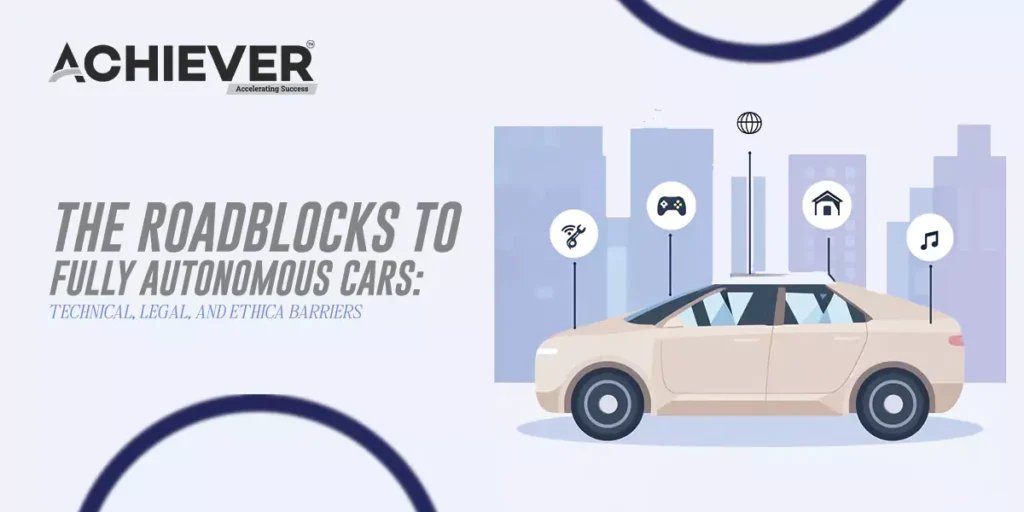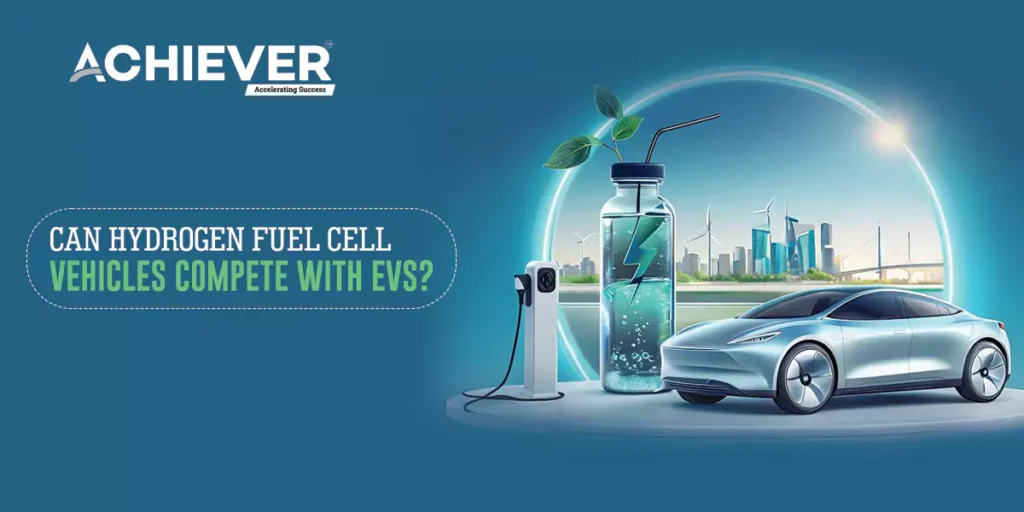The concept of fully autonomous vehicles (AVs) has captured the imagination of the public and researchers alike, promising safer roads, reduced traffic congestion, and increased mobility for those unable to drive. However, despite significant advancements in technology, the journey toward realizing fully autonomous cars is fraught with challenges. This article delves into the key technical, legal, and ethical barriers that impede the widespread adoption of AVs.
Technical Barriers
The technical hurdles in developing fully autonomous cars are multifaceted. While current autonomous systems, such as those used in advanced driver assistance systems (ADAS), have made great strides, achieving Level 5 autonomy, where a vehicle can operate without human intervention in all conditions, remains elusive.
- Sensor Limitations
Autonomous vehicles rely on an array of sensors, including cameras, radar, and LiDAR, to perceive their environment. These sensors must accurately detect and interpret dynamic conditions, such as pedestrians crossing the street or other vehicles changing lanes. However, adverse weather conditions like rain, fog, or snow can severely impact sensor performance, leading to reduced effectiveness. Ensuring that AVs can operate safely in all weather scenarios is a significant technical challenge.
- Data Processing and Machine Learning
The data processing requirements for AVs are immense. These vehicles generate and analyze vast amounts of data from their sensors in real-time to make decisions. Machine learning algorithms must be trained on diverse datasets to ensure they can handle a wide range of driving scenarios. However, creating a comprehensive dataset that encompasses all possible driving conditions and scenarios is nearly impossible. Moreover, the algorithms must be robust enough to make split-second decisions, which requires a level of reliability that current systems struggle to achieve.
- Cybersecurity Risks
As vehicles become more connected and dependent on software, they become susceptible to cybersecurity threats. Hackers can potentially take control of an autonomous vehicle, leading to catastrophic outcomes. Ensuring the cybersecurity of AVs is critical to their safe deployment, yet many manufacturers are still grappling with how to protect their systems from external attacks.
Legal Barriers
In addition to technical challenges, the legal landscape for autonomous vehicles is complex and underdeveloped. The existing legal framework is primarily designed for human-operated vehicles, leaving significant gaps when it comes to AVs.
- Liability Issues
One of the most pressing legal questions is determining liability in the event of an accident involving an autonomous vehicle. Traditional liability laws are based on the assumption that a human driver is responsible for operating the vehicle. However, if an AV is involved in a collision, it may not be clear who is at fault. Is it the manufacturer, the software developer, or the owner of the vehicle? Establishing clear liability frameworks is essential for the acceptance and regulation of AVs.
- Regulatory Compliance
Government regulations must evolve to address the unique challenges posed by AVs. Current traffic laws often do not account for the operation of fully autonomous vehicles. Developing new regulations that govern AV testing, deployment, and operational protocols is necessary to ensure safety and efficiency. Additionally, regulatory bodies must collaborate with manufacturers and technology developers to create standards that can be universally applied.
- Insurance Adaptation
The insurance industry will also need to adapt to the rise of autonomous vehicles. Traditional auto insurance policies are based on the risk associated with human drivers. As AVs take over driving responsibilities, insurance models must shift to account for the risks associated with vehicle technology and manufacturer liability. This transition will require significant changes in policy frameworks and underwriting practices.
Ethical Barriers
The ethical considerations surrounding autonomous vehicles are complex and often controversial. These vehicles will need to make decisions that could impact human life, raising critical ethical questions about programming and decision-making.
- Moral Decision-Making
One of the most debated ethical dilemmas in AV technology is how these vehicles should be programmed to make moral decisions in emergency situations. For example, if an AV must choose between hitting a pedestrian or swerving into a wall, how should it decide? The implications of such decisions are profound, and there is currently no consensus on how to program vehicles to handle these ethical dilemmas. The potential for loss of life in such scenarios raises concerns about the moral implications of entrusting machines with life-and-death decisions.
- Equity and Access
The deployment of AV technology could also exacerbate existing inequalities. Access to autonomous vehicles may be limited to those who can afford them, potentially widening the gap between different socio-economic groups. Furthermore, as AVs may operate primarily in urban areas, rural communities could be left behind in the autonomous revolution, further entrenching geographic disparities.
- Privacy Concerns
The data collection necessary for AVs to operate safely raises privacy issues. These vehicles constantly gather data about their surroundings, including information about other drivers, pedestrians, and traffic patterns. Ensuring that this data is collected, stored, and used ethically is crucial to maintaining public trust in the technology.
Conclusion
While fully autonomous vehicles hold immense potential to transform transportation, significant technical, legal, and ethical barriers must be addressed before they can be widely adopted. Collaborative efforts among technologists, lawmakers, ethicists, and the public will be essential to navigate these challenges. As we move forward, it is vital to strike a balance between innovation and safety, ensuring that the benefits of autonomous vehicles are realized without compromising ethical standards or legal frameworks. Only then can we pave the way for a future where fully autonomous cars are a common sight on our roads.






